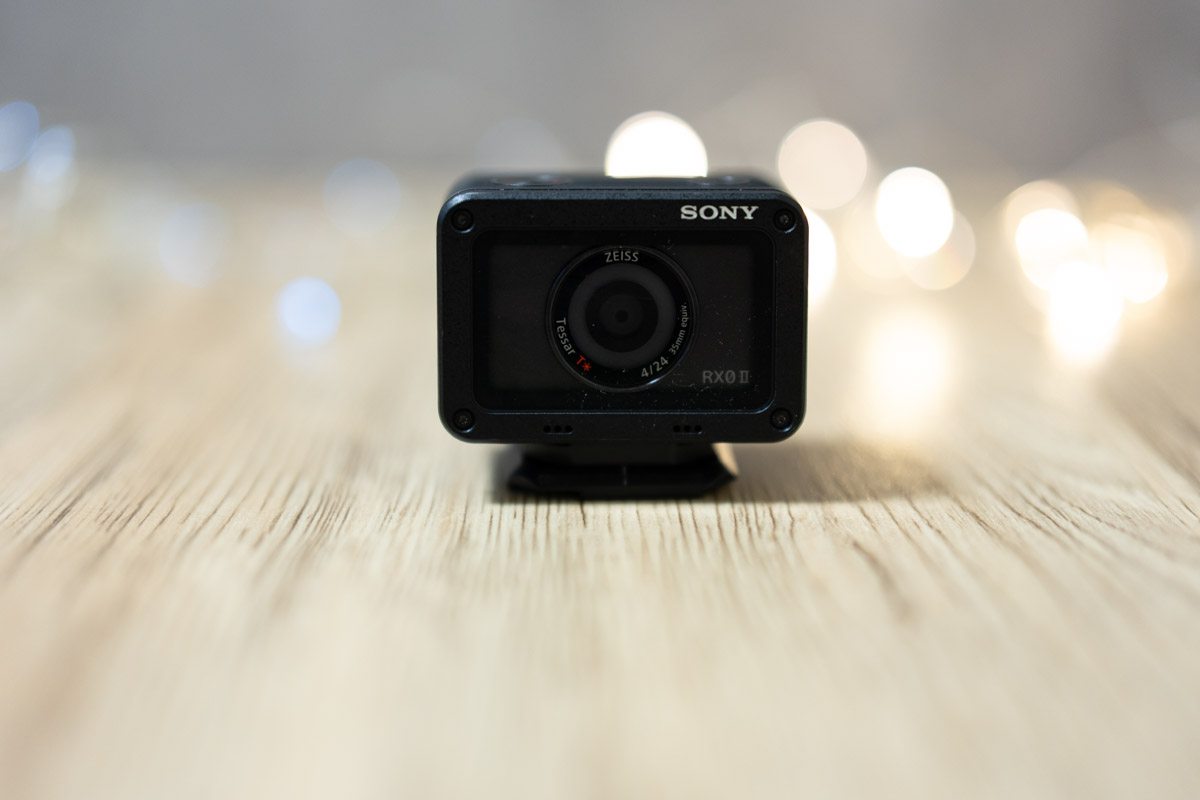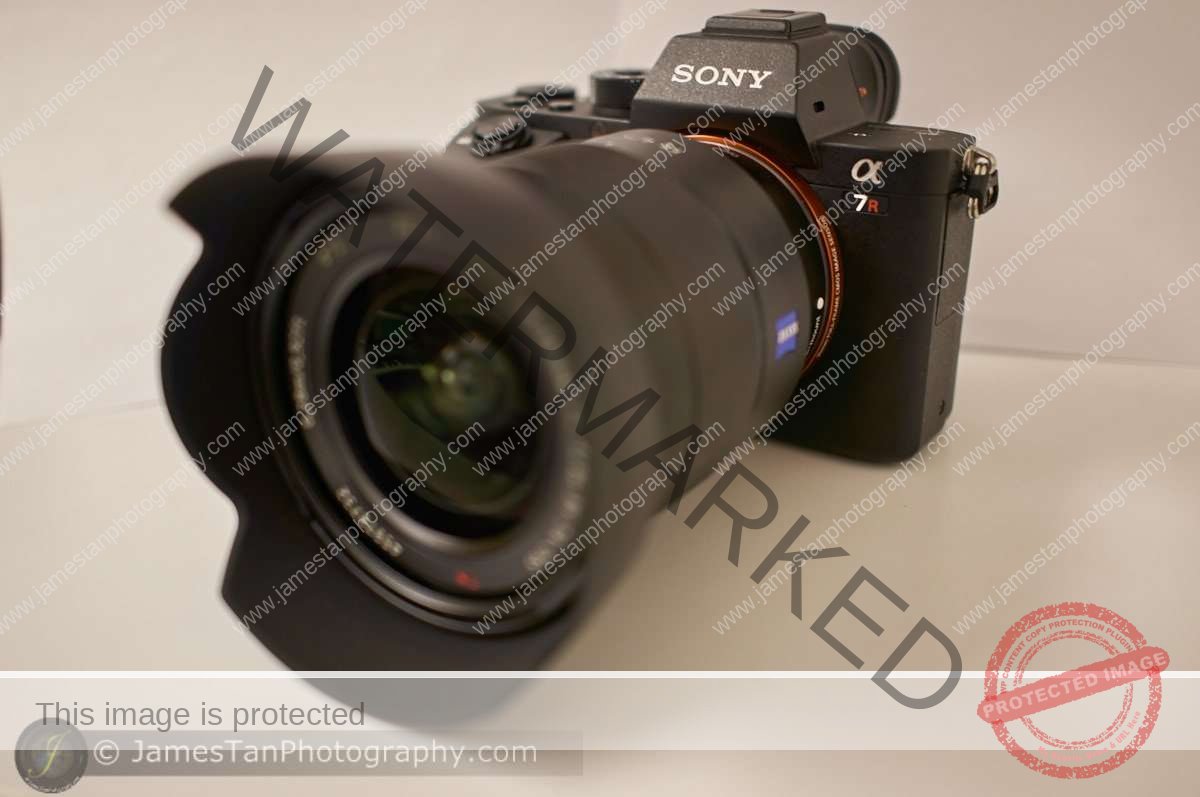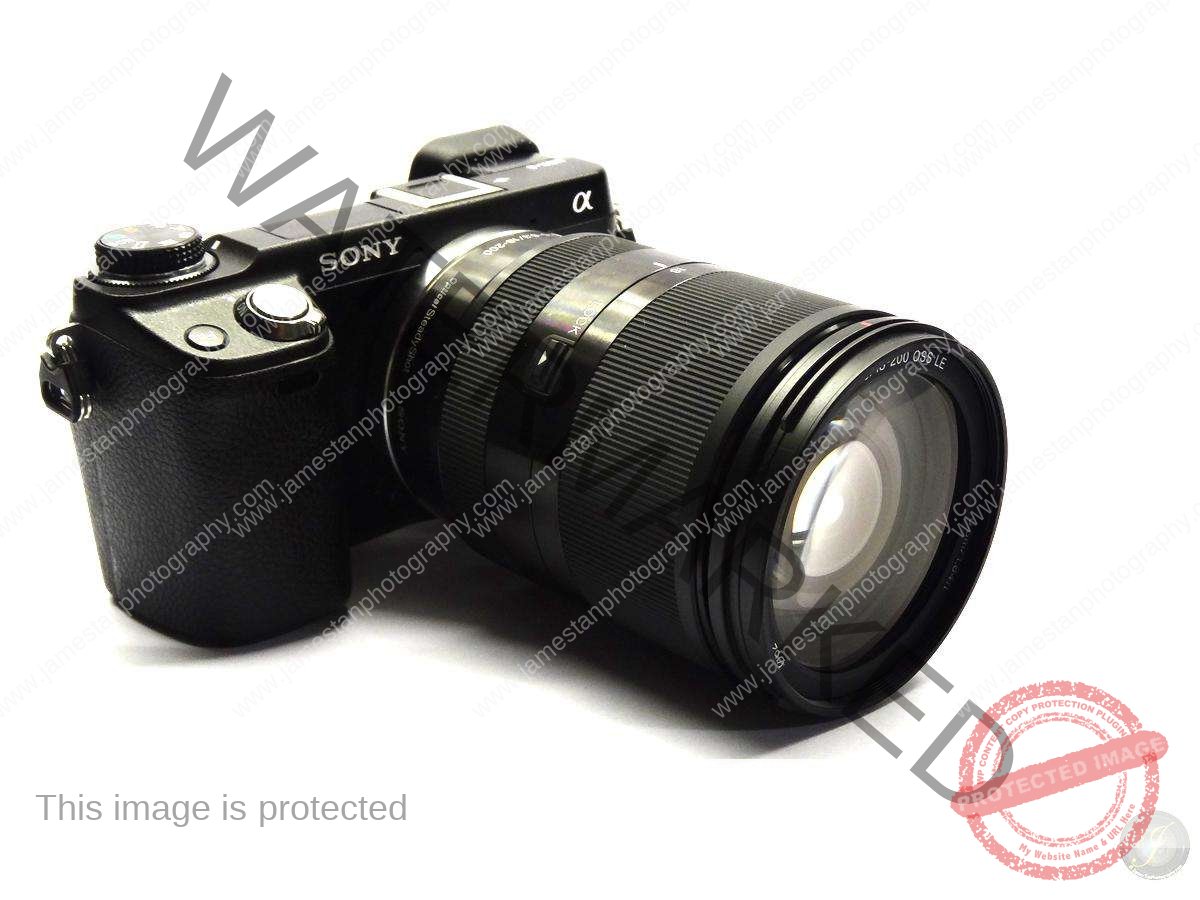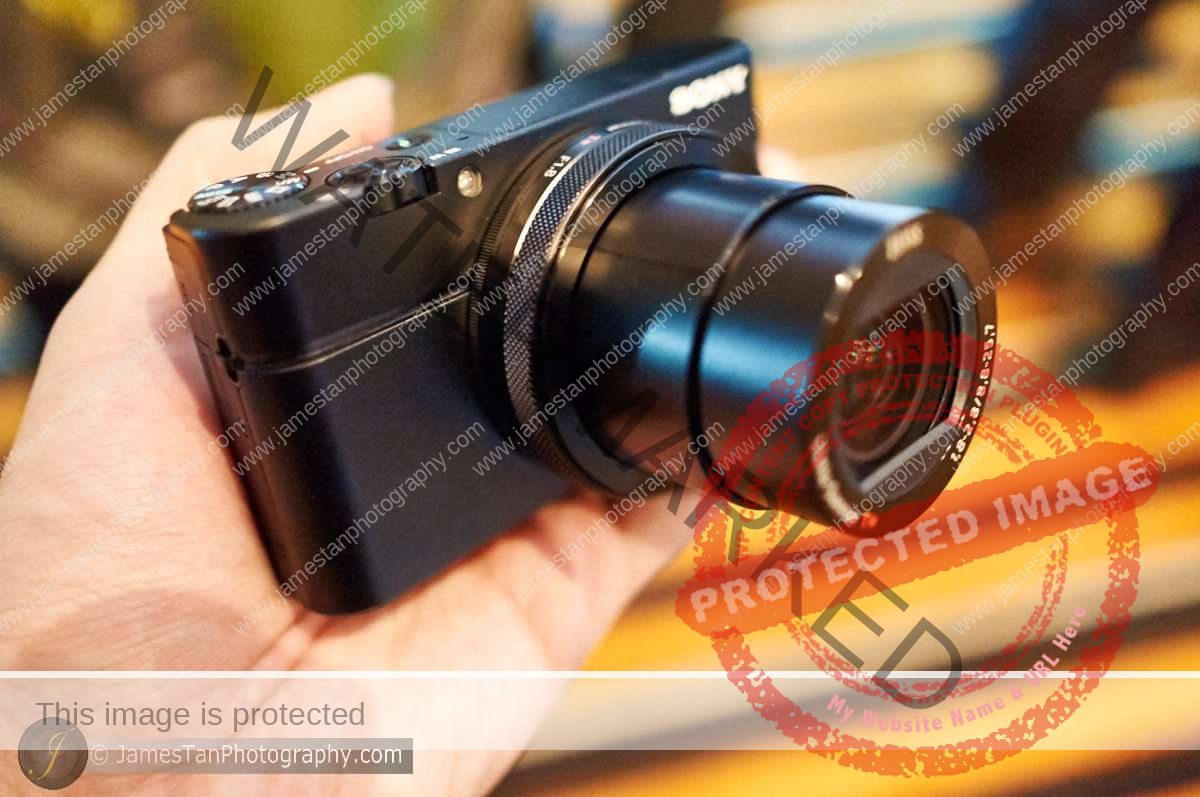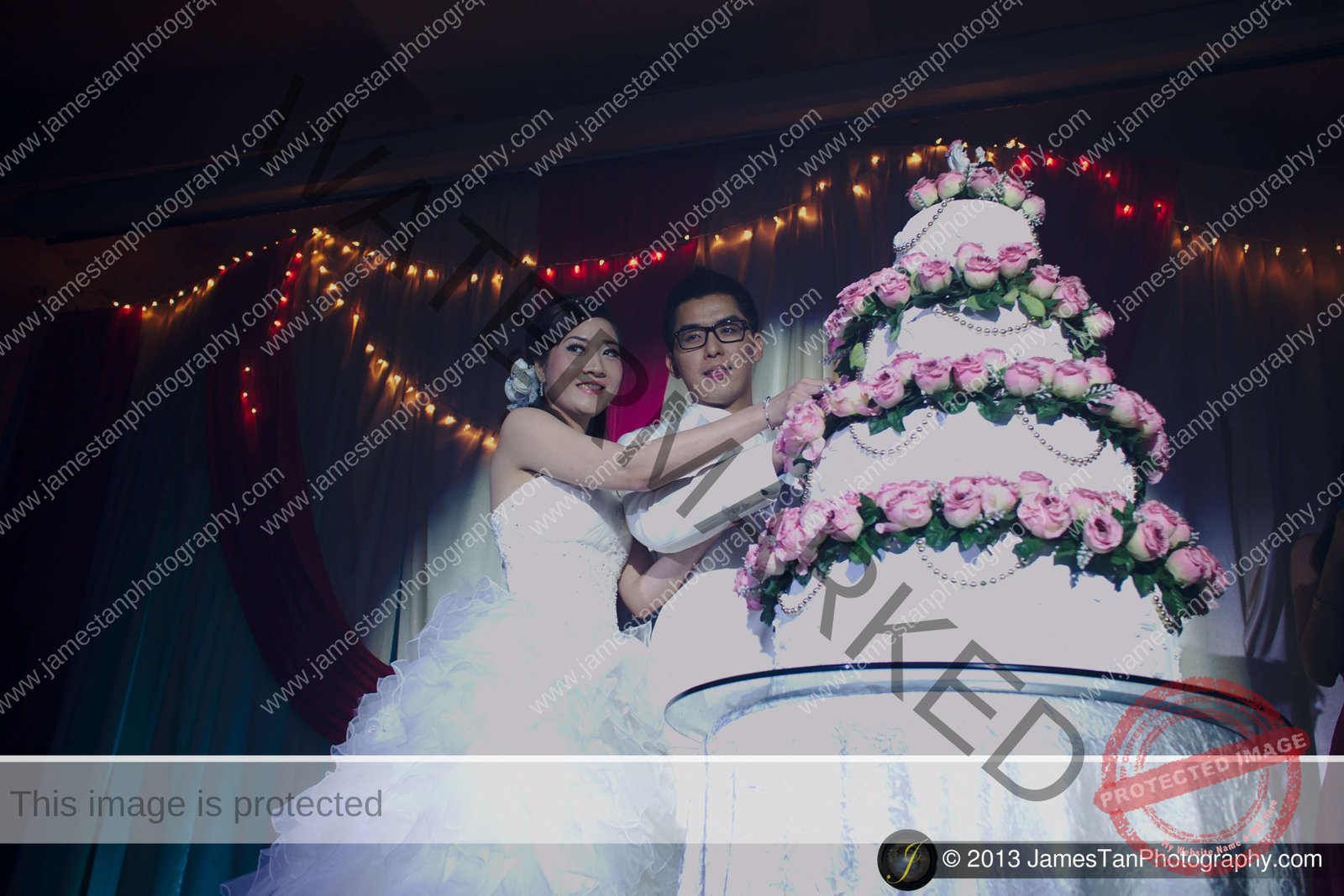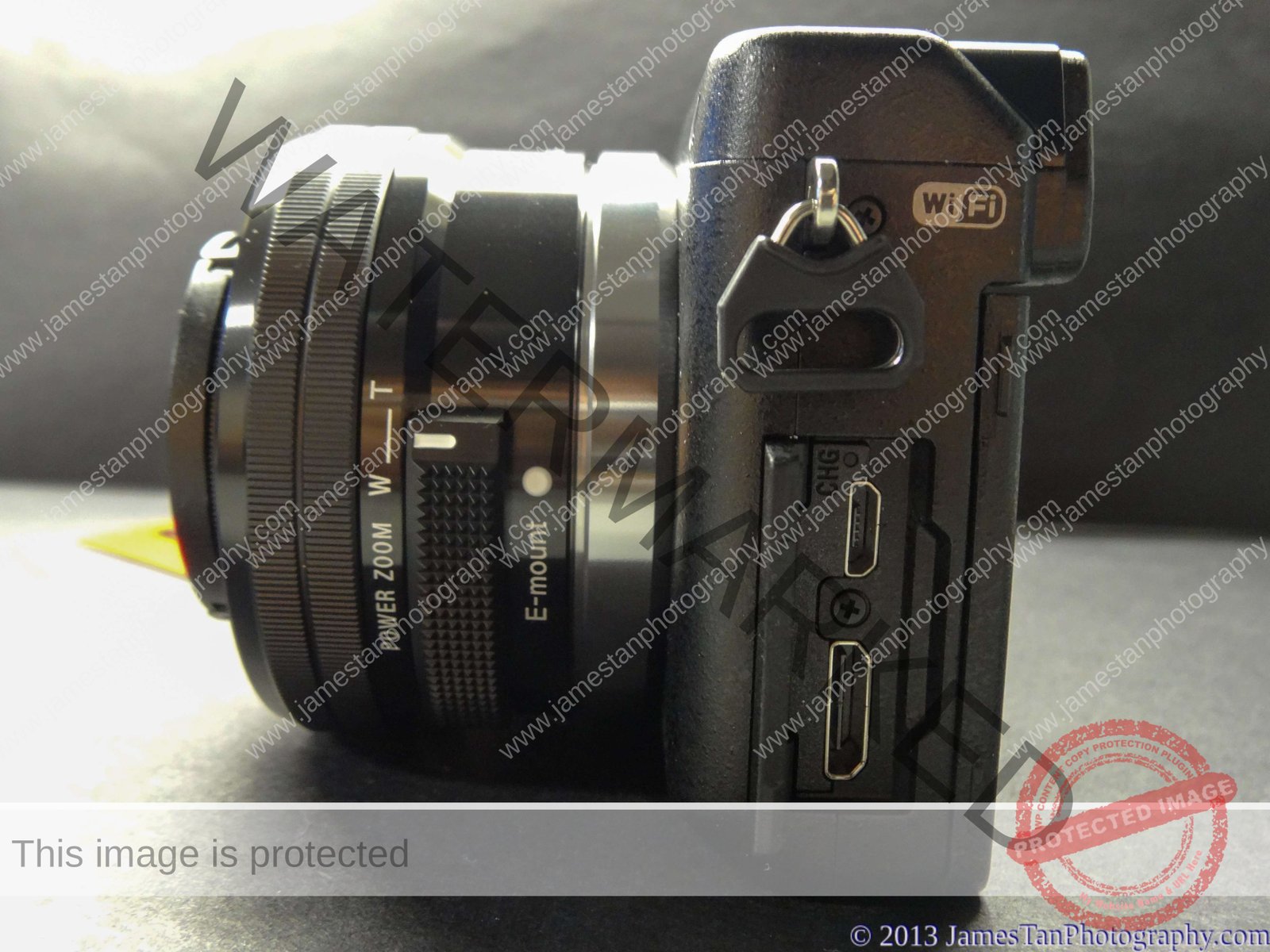mirrorless

What Should I Know Before Buying My First Camera in 2025?
Last Updated On
Investing in your first dedicated camera can significantly elevate your photography skills and output. This guide explores various camera types—smartphones, point-and-shoots, mirrorless, and DSLRs—alongside essential purchasing considerations. Establish your purpose, set a budget, and prioritize RAW compatibility without overthinking brand loyalty to ensure a fulfilling photographic journey.

What Affects Depth of Field in Photography?
Last Updated On
Have you ever wondered why some photos have a dreamy blurry background while others are sharp from edge to edge? That blurry background — often called bokeh — is the result of depth of field (DoF).

5 Factors Affected By Image Sensor Size
Last Updated On
You might hear of APS-C, full-frame, 1-inch, micro 4/3, etc. What are they? Does it really result in different image quality? Let’s check it out!

Photography Gear For Your First Event/Wedding Shoot – Part I
Last Updated On
Are you curious about what photography gear to bring for your first paid event or wedding shoot? And the worst, you are the sole photographer for the whole photoshoot. You might hear that the essence of shooting solely is backup. You must ensure you can carry out the photoshoot even if any part of your…

Sony SEL1670Z APS-C Lens
Last Updated On
Sony SEL1670Z is the standard zoom lens for Sony APS-C E-mount cameras that covers an equivalent range of 24 mm to 105 mm with a constant F4 aperture. Would the little blue Zeiss badge give the assurance of its image quality? Let’s check it out!

Sony A7R II
Last Updated On
Sony A7R II is the world’s first 35mm BSI full-frame sensor camera with 42.4 MP high resolution. It features a new 5-axis in-camera image stabilizer as its Sony 2nd generation brothers. Let’s check out its performance now!

Sony SEL18200LE
Last Updated On
Sony SEL18200LE is the all-in-one zoom lens for Sony APS-C E-mount cameras that covers an equivalent focal length from 27 mm to 300 mm. Would it be your one and the only lens for your Sony E-mount camera? Let’s check it out!

Tips for Shooting at the Wedding Banquet
Last Updated On
Do you ever take photos at any wedding banquet you attended? How could you get better shots next time? Let’s check out some tips now!

Sony E-mount Lens SELP1650
Last Updated On
Sony brings us a tiny power zoom Sony SELP1650 to complete the compact mirrorless package. Is it sufficient as a starter kit? Let’s check out the review now!


